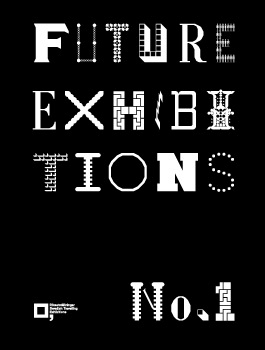 A couple of months ago, the postgirl brought me a magazine i had contributed to. I’m absurdly reluctant to open any publication i’ve contributed to. Poor mag laid on the kitchen table for weeks. Last week, however, i grabbed it on my way to the airport and realized that the magazine, the very first issue of Future Exhibitions, was awesome. The publication is concerned with searching the world for signs of what is to come. Given the visitor’s experiences, life choices and dreams, what is the probable future of the exhibition as a medium, a voice, experience and contemporary fountain of knowledge? And what future do we who are working in the field hope to see? I don’t know if they manage to answer the questions they assigned themselves but they certainly asked the right questions, explored every possible angle they could think of, knocked on the door of some of the most fascinating and mind-boggling experts and wrapped it up in fantastic graphics and (albeit these were sometimes OTT) fonts.
A couple of months ago, the postgirl brought me a magazine i had contributed to. I’m absurdly reluctant to open any publication i’ve contributed to. Poor mag laid on the kitchen table for weeks. Last week, however, i grabbed it on my way to the airport and realized that the magazine, the very first issue of Future Exhibitions, was awesome. The publication is concerned with searching the world for signs of what is to come. Given the visitor’s experiences, life choices and dreams, what is the probable future of the exhibition as a medium, a voice, experience and contemporary fountain of knowledge? And what future do we who are working in the field hope to see? I don’t know if they manage to answer the questions they assigned themselves but they certainly asked the right questions, explored every possible angle they could think of, knocked on the door of some of the most fascinating and mind-boggling experts and wrapped it up in fantastic graphics and (albeit these were sometimes OTT) fonts.
Content include:
Ruth Catlow and Marc Garret propose a new way to organize and manage art events in the near future, using examples of projects they’ve supported and shown at Furtherfield over the past couple of years. Björn Norberg visits an exhibition of the future while, in other pages, several experts discuss the impact of and possibilities offered by technology inside cultural institutions. Katherine Watson gives an encompassing overview of the new paradigms brought about by digital culture. Jonas Runberger and Mats Brodén look at animals and plants to design intelligent buildings. Sharon Schaffer explains why museum can provide young children with a precious learning environment. Ken Arnold, head of exhibition at the Wellcome Collection, my new favourite exhibition space in London, illustrates how he turns shows into social events where visitors get to take first stage. There’s also a spotlight on innovative cultural spaces such as MU in Eindhoven (one of the very few whose programme blows me away) or the Red Location Museum in Port Elizabeth (South Africa) and initiatives such as Fab Lab.
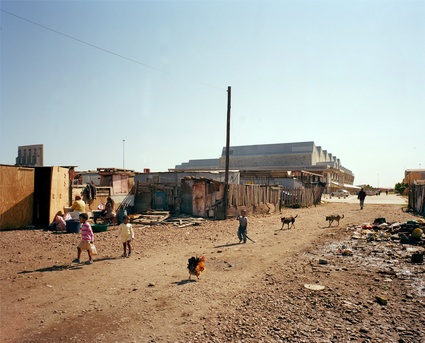 Heinrich Wolff, Red Location Museum of Struggle, Port Elizabeth 2005 (image Daimler Contemporary)
Heinrich Wolff, Red Location Museum of Struggle, Port Elizabeth 2005 (image Daimler Contemporary)
Johan Nylander shared his perspective on the role of the exhibition medium in countering greenhouse gases, an article particularly precious at a time when cultural institutions multiply exhibitions about sustainability without (most of the time) reflecting on the fact that exhibitions hardly ever come without damages to the environment.
As Therese Larsson wrote in one of the articles of the magazine “So much has happened in contemporary art over such a long period while art institutions have hardly changed at all. In order to realize really interesting ideas it is important to move outside the walls of the white room”. So she interviewed the directors of Public Art Lab in Berlin, Creative Time in New York and Mobile Art Productions in Stockholm. Each of them gave their point of view about contemporary art moving away from traditional venues.
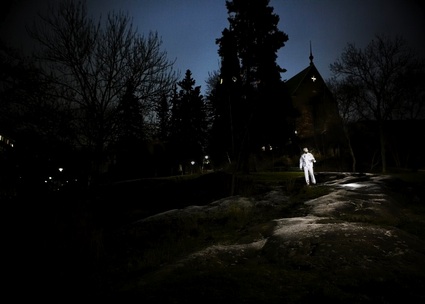 Annika Eriksson, Mannen i parken (The Man in the Park), produced by Mobile Art Productions)
Annika Eriksson, Mannen i parken (The Man in the Park), produced by Mobile Art Productions)
Future Exhibitions is much more than what i’ve just enumerated. Its 142 pages will send your grey cells spinning in all sorts of directions. Icing on the cake for people like me who keep complaining that one cannot ‘click’ on a piece of paper, each article comes with a set of weblinks enabling readers to get further information about the issue at stake. Future Exhibitions is bilingual (English & Swedish) and will be published annually with the first number released in April 2009.
Views from inside the magazine:
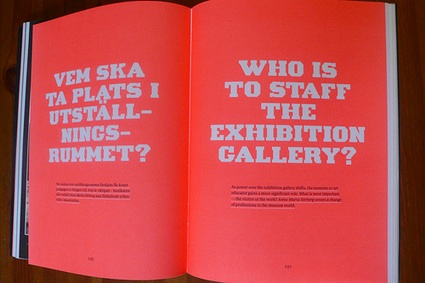
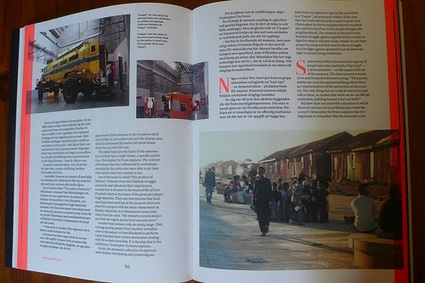
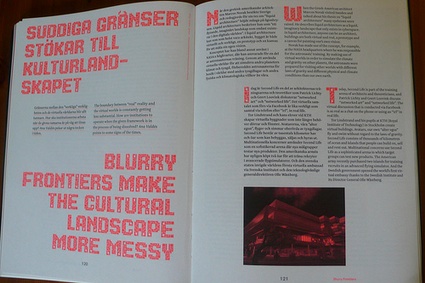
To order Future Exhibitions. Copies can also be fpurchased at Konst-ig, an art book store in Stockholm + the book store at Malmö art gallery, in Malmö, Sweden, no international stores so far.
